The project to develop the Puma infantry fighting vehicle is now one of the Bundeswehr’s most important defence programmes. Two veteran German tank makers, Rheinmetall Landsysteme GmbH of Kiel and Krauss-Maffei Wegmann GmbH & Co. KG of Munich, have teamed up to develop the German Army’s future infantry fighting vehicle.
Overall design authority for the new combat vehicle rests with the joint venture company Projekt System und Management (PSM) GmbH of Kassel, in which Krauss-Maffei Wegmann and Rheinmetall Landsysteme each hold a 50 percent stake – companies with extensive expertise in the development and manufacture of light and heavy armoured vehicle alike. In their respective roles as subcontractors, the consortium partners are at the same time responsible for the turret (Krauss-Maffei Wegmann) and the chassis (Rheinmetall Landsysteme).
At the helm of PSM GmbH are Managing Directors Dr. Peter Hellmeister (from Rheinmetall Landsysteme) and Harald Draack (from Krauss-Maffei Wegmann).
Dr. Hellmeister, PSM GmbH is responsible for the project to design, develop and manufacture the new Puma infantry fighting vehicle. In concrete terms, what does this actually involve for the newly founded company PSM?
First of all, PSM is a government contractor. In this capacity, we’re responsible for completing the entire Puma system on behalf of the Bundeswehr. Specifically, we’re in charge of the design concept for the armoured vehicle, and thus for the interfaces required by our subcontractors, who incidentally are also our shareholders, Krauss-Maffei Wegmann and Rheinmetall Landsysteme. Ever since PSM was founded, that’s been our job. We’re responsible for the overall concept, and make sure that all the technical documentation and contracts are centrally processed.
The Puma is supposed to be a very tightly run defence project. When do you think the customer can expect to see the first Puma in his parking lot?
You’re right: this project is being run on a very rigid timetable. The contract says that we’re supposed to present the customer with a complete system demonstrator in 2005. And we’re going to meet that deadline.
Compared with other international IFV developments, the performance parameters of the Puma combine to make it a very advanced system. It brings together what’s supposed to be an optimum combination of mobility, firepower and protection. The word is that the Bundeswehr plans to buy 410 of the new Puma. Are there other armies besides the Bundeswehr that are interested in it?
To the best of our knowledge, there’s no comparable IFV that matches the technical performance of the Puma. High mobility, excellent ballistic protection and modular armour components undoubtedly place it on the cutting edge of technology. And don’t forget that the Puma can be airlifted into the theatre of operations in a military transport aircraft. This is a very important capability for an armoured vehicle of this type. In light of all these factors, we expect to see plenty of interest from foreign armed forces in this weapons system. That said, we shouldn’t forget that a number of our European neighbours have just fielded new IFVs or are in the process of introducing new models. Even so, we’ll be actively beating the drum for the Puma in the international marketplace and are certainly making no secret of its outstanding performance characteristics.
The Puma features completely new protection technologies. Do you think that these are likely to have an effect on the way other armoured vehicles are designed?
It’s entirely possible that plenty of other countries will want to opt for the high level of ballistic protection offered by the Puma when developing their own armoured vehicles. But of course wanting and having are two different things; for a lot of international tank makers, coming up with a new generation of armoured vehicles that’ll be able to meet such a high standard would be a pretty tall order. For this reason it’s not just the Puma’s protection systems that are the focus of international interest but rather the system as a whole.
For the German defence industry the Puma is an important project. But more than 410 probably won’t be bought. So how important will it be to market the system abroad?
The possible export of the Puma is a very important topic, since – despite 410 being a relatively high number – the German market by itself really isn’t enough. But we assume that we’ll also be able to find customers abroad who’ll want the Puma. We’ll have to see if it proves as potent in the international marketplace as it will on the battlefield. The way we see it, though, the Puma has what it takes to beat any other IFV now under development.




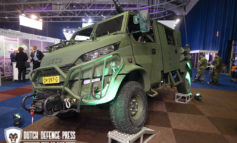
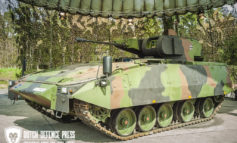
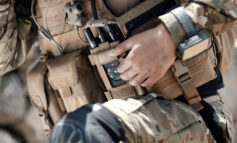
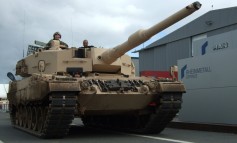
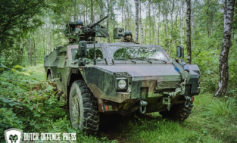



Leave a Reply